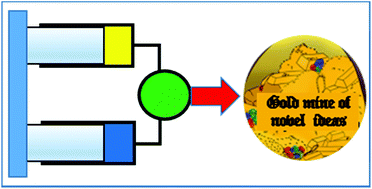Kinetics of Cu(ii) complexation by ATCUN/NTS and related peptides: a gold mine of novel ideas for copper biology
Abstract
Cu(II)–peptide complexes are intensely studied as models for biological peptides and proteins and for their direct importance in copper homeostasis and dyshomeostasis in human diseases. In particular, high-affinity ATCUN/NTS (amino-terminal copper and nickel/N-terminal site) motifs present in proteins and peptides are considered as Cu(II) transport agents for copper delivery to cells. The information on the affinities and structures of such complexes derived from steady-state methods appears to be insufficient to resolve the mechanisms of copper trafficking, while kinetic studies have recently shown promise in explaining them. Stopped-flow experiments of Cu(II) complexation to ATCUN/NTS peptides revealed the presence of reaction steps with rates much slower than the diffusion limit due to the formation of novel intermediate species. Herein, the state of the field in Cu(II)–peptide kinetics is reviewed in the context of physiological data, leading to novel ideas in copper biology, together with the discussion of current methodological issues.

- This article is part of the themed collection: 2021 Frontier and Perspective articles


 Please wait while we load your content...
Please wait while we load your content...